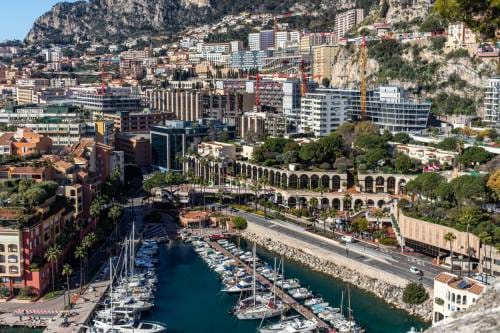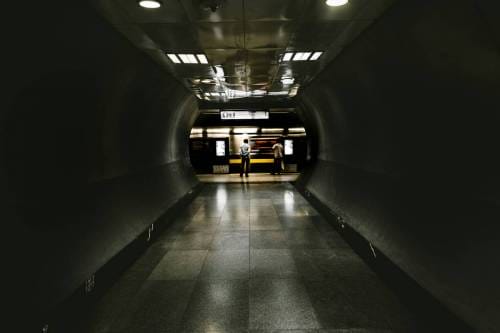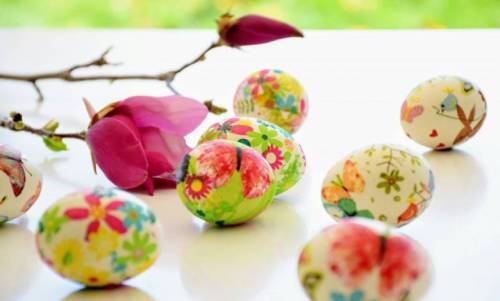Found with hypothermia in Monaco’s port four years ago, Rana has become a symbol. Adopted and cared for by the Oceanographic Museum of Monaco, Rana spawned the idea of a marine turtle care centre for her species, threatened by human activity in the marine world. Now fully healed, Rana was released back to her natural habitat on 19 June.
The tale begins on 9 April 2014. A young loggerhead sea turtle* is found accidentally, floating on the surface of the port of Monaco. Weakened and close to death, she measures barely ten centimetres long. She is then entrusted to the teams of the Oceanographic Museum of Monaco who take care of her and provide her with care essential for survival.

Ambassador Rana
A young student who is passionate about marine biology baptizes the turtle Rana, after her godmother. The turtle regains strength over the years and grows up under the best possible conditions. In April 2018, four years after finding her, Rana is 53 centimetres long and weighs more than 20 kg. She becomes an ambassador for sea turtles, which are, despite their docile nature and protected status, threatened by human activities like poaching, urbanization, collisions with ships, pollution, and more.
19 June: Rana released at sea!
In four years, Rana grows healthy and meets all the criteria allowing for her return to the sea. In the early morning, a boat leaves the port of Fontvieille, sailing 5 miles away from the coast.
With the help of the CNRS, and thanks to the support of the Friends of the Museum, Rana has been fitted with a GPS locator, allowing the museum to continue to study her behaviour and follow her migration patterns. These observations will contribute to research and a better understanding of the life of sea turtles.
Sea Turtles at the Oceanographic Museum
Sea turtles are at the heart of a comprehensive program carried out by the Oceanographic Institute. Eager to contribute to the preservation of these emblematic animals, the Oceanographic Institute strives to make them better known and better protected.

In the spring of 2016, a health centre project was created to collect and treat wounded turtles before releasing them into their natural environment. Located near the Oceanographic Museum, it will consist of a clinic and a rehabilitation pond. The work, initiated in October 2017, will be completed by the end of the year, with an opening planned for 2019. Networking with French and Italian partners will enable both the management and study of sea turtles, as well as the implementation of awareness-raising events for the public.
Various scientific projects around the world are also carried out by the Oceanographic Institute, notably in the context of the Monaco Explorations. During the Cabo Verde mission in 2017, special support was given to the activities of the Sea Turtle Foundation and other NGOs on the island of Boa Vista. The Explorations of Monaco will also support the development of a new system led by IFREMER: the monitoring of turtles during the nesting period, as well as a large genetic study to characterize turtle groups and their activities around the world. The first stage will take place in Martinique at the beginning of October.
To raise awareness about this program, initiated in 2015, a board game for families entitled ‘SOS Tortues’ was created, alongside educational sessions for young people and the book ‘Sea Turtles, the great odyssey’ by Robert Calcagno (Glénat).
Follow Rana’s migration online: www.institut-ocean.org/suivi
* The Loggerhead sea turtle (Caretta Caretta) is commonly found in the Mediterranean Sea. They can measures up to 1.20 metres long and weigh up to 200 kg. Carnivorous, they eat jellyfish, small fish, crabs and shrimps (Source: Sea turtles, the great odyssey ‘Tortues marines, la grande odyssée’ by Robert Calcagno, Ed. Glénat)









